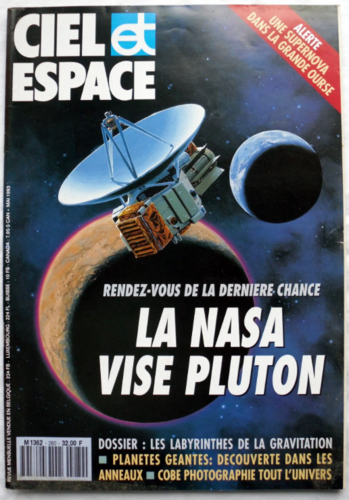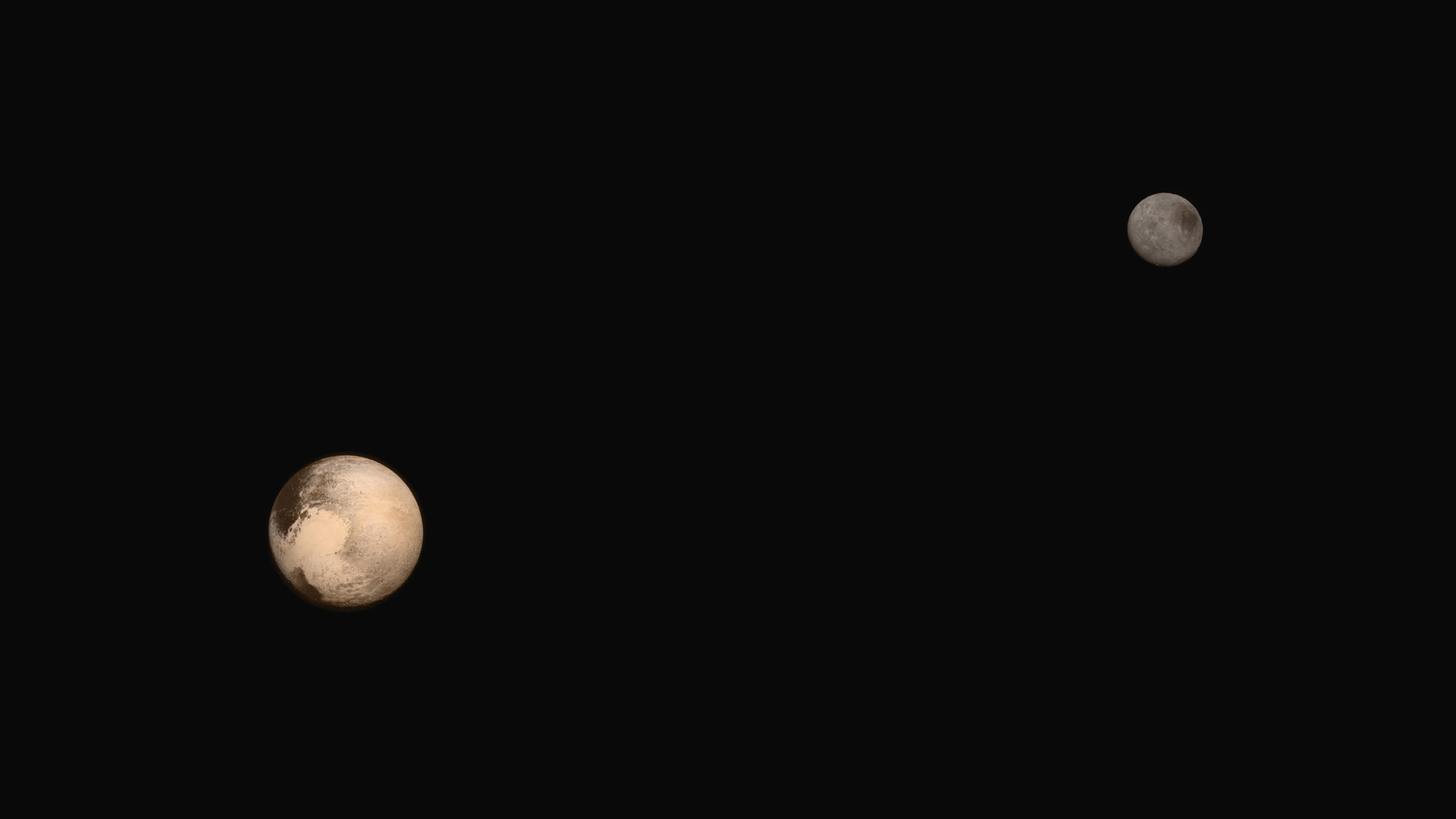- Joined
- 21 January 2015
- Messages
- 10,671
- Reaction score
- 12,315


New Horizons May Have Solved Planet-Formation Cold Case
An encounter with Arrokoth at the outskirts of the solar system offers the best evidence yet for how worlds coalesce from dustwww.scientificamerican.com
Not sure, Ultima Thule ate most of the prop left after the 2015 encounter. We shall know soon...
Not sure, Ultima Thule ate most of the prop left after the 2015 encounter. We shall know soon...
It will be a shame if New Horizons does not get to do another flyby of a KBO because of the issue of the onboard fuel.
My 2 cent: New Horizons has already achieved more than expected, so even if the mission should end now it worthed any dollar put on it.
A lot of people in charge of funding thought that Pluto would be boring and not worth the expense...
They have to find a target first, they're still working on that.
I'd guess they blew their recon on Arrokoth. They'd have surveyed the entire flight cone for targets. And NH is now >50Au out, IIRC. You're not spotting anything smaller than 50-100km that far out, and there's not that many bodies that big out there.

During current state it main mission, if's finance until April 30, 2021.
if prolong, New Horizon could made one or two KBO fly-by
the probe RTG run out power in late 2030s
in 2038 New Horizon will be 100 AU fron Sun.
probe RTG run out power in late 2030s
I really recommend this book. It chronicles the tortured history of the probe from Alan Stern's perspective, explaining the crises and trade-offs along the way. It's a miracle that it was ever launched. A lot of people in charge of funding thought that Pluto would be boring and not worth the expense...

probe RTG run out power in late 2030s
Voyager's RTG seems to still be working at reduced power after forty years in space. NH could last substantially longer than spec.
New Horizons: 2019 Onward
The New Horizons spacecraft launched on January 19, 2006 – beginning its odyssey to Pluto and the Kuiper Belt. New Horizons now continues on its unparalleled journey of exploration with the close flyby of a Kuiper Belt object called 2014 MU69 – officially named Arrokoth – on January 1, 2019.pluto.jhuapl.edu
Hmm... this is interesting. They're talking about redoing the software on NH to enable it to work as a Kuiper Belt telescope station, with LORRI being the main instrument, presumably for distant (~AU) flybys of SDOs. Because Hubble time is expensive, and sky surveys at that distance are hard, they're also talking about using LORRI as the survey instrument instead of Earth based telescopes to find targets for those flybys.
That must have been the conference the tweet waa talking about.
I wonder if they could make LORRI do parallax observations, like TAU was supposed to.
probe RTG run out power in late 2030s
Voyager's RTG seems to still be working at reduced power after forty years in space. NH could last substantially longer than spec.
probe RTG run out power in late 2030s
Voyager's RTG seems to still be working at reduced power after forty years in space. NH could last substantially longer than spec.
No. The factors that influence RTG power are well-known: Plutonium decay (which is entirely predictable) and thermocouple degradation (which can be measured accurately). The point at which the RTG can no longer power the minimum combination of equipment can be calculated with good accuracy.
Voyager still works because it had a large power margin at launch. NH's power margin was much smaller.
Voyager also has several power-hungry instruments that could be switched off after the planetary encounters (the camera platform and cameras, for example). Much of Voyager's longevity is caused by clever power management (beyond what was envisioned at launch), including careful experimentation (turning off various heaters) to run instruments out of spec.
This can be done with New Horizons too, to a degree, but NH has far fewer unknowns to take advantage of.
I wonder if they could make LORRI do parallax observations, like TAU was supposed to.
I wonder if they could make LORRI do parallax observations, like TAU was supposed to.
Yep. NH is doing parallax measurements.



Scientists: There's evidence Pluto has an underground ocean
"Even in this cold environment so far from the sun, all these worlds might have formed fast and hot, with liquid oceans."futurism.com
That is excellent news Flyaway, I think that there should be another mission to Pluto to explore this underground ocean, also it would be good if there were some form of life living in the sub surface ocean.
That is excellent news Flyaway, I think that there should be another mission to Pluto to explore this underground ocean, also it would be good if there were some form of life living in the sub surface ocean.
Eh. I vote for a Uranus or Neptune system mission first (Triton's going to be interesting to compare with Pluto), a centaur, or a mission to Eris or another trans-Neptunian population (Yes, Arrakoth counts, but a bigger one might be nice too). With mission opportunities this limited, coverage rather than depth seems to be the watchword.


Five Years after New Horizons’ Historic Flyby, Here Are 10 Cool Things We Learned About Pluto - NASA
Five years ago today, NASA’s New Horizons spacecraft made history. After a voyage of nearly 10 years and more than 3 billion miles, the intrepid piano-sizedwww.nasa.gov
New Horizons is now back in spin mode and ready to resume science data download. We had been in 3-axis mode (picture taking mode) since Apr 20 and had only downlink bandwidth for sc health and safety data and a few parallax images.
#PI_Daily Alert! Yesterday we decided to make the next @NewHorizons2015 Kuiper Belt Object (KBO) observations this December! These will consist of telescopic observations of 3 to 6 distant KBOs to determine shapes, surface properties & to search for moons. #NASA #Science #Space
